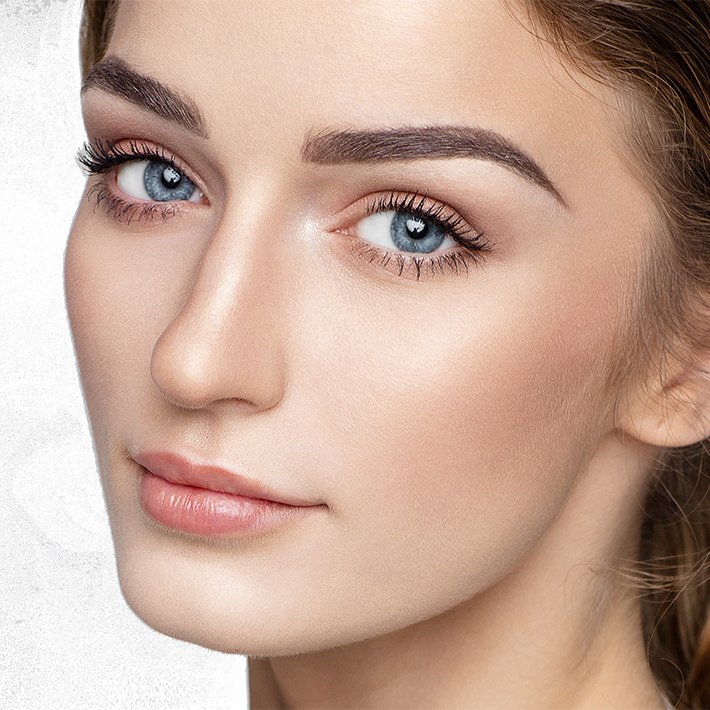Cheek augmentation with fillers is a popular cosmetic procedure designed to enhance the volume and contour of the cheeks. As people seek to achieve a youthful and defined appearance, this treatment has gained significant attention for its effectiveness and minimal downtime. In this article, we will explore what to expect during the Cheek Augmentation In Dubai process, including preparation, the procedure itself, recovery, and long-term results.
1. Understanding Cheek Fillers
Cheek fillers are injectable substances that add volume to the cheeks, improving facial contours. The most common types of fillers used for this purpose are hyaluronic acid-based fillers, such as Juvederm and Restylane. These fillers mimic the natural substance found in the body, providing a safe and effective way to achieve fuller cheeks. The results are immediate and can last anywhere from six months to two years, depending on the specific product used and individual factors.
2. Initial Consultation
Before undergoing cheek augmentation with fillers, you will have an initial consultation with a qualified practitioner. During this appointment, the practitioner will assess your facial structure, discuss your aesthetic goals, and recommend the most suitable filler options for you. This is also an opportunity for you to ask questions about the procedure, potential side effects, and recovery expectations. A thorough consultation helps ensure that you are well-informed and comfortable with the process.

3. Preparing for the Procedure
Preparation for cheek augmentation is straightforward. The practitioner may recommend avoiding blood thinners, such as aspirin or certain supplements, for a few days prior to the procedure to minimize the risk of bruising. It is essential to disclose your medical history, allergies, and any medications you are taking to ensure your safety during the treatment.
4. The Procedure: What to Expect
Cheek augmentation with fillers is typically a quick and minimally invasive procedure. Here’s what you can expect during the treatment:
4.1. Anesthesia
While many fillers contain lidocaine, a local anesthetic, your practitioner may also apply a topical numbing cream to the treatment area to ensure your comfort during the injections.
4.2. Injection Technique
Using a fine needle or cannula, the practitioner will inject the filler into specific areas of your cheeks. The amount of filler used will depend on your desired outcome and the initial assessment made during the consultation. The practitioner will carefully sculpt and mold the filler to achieve a natural look and balance in your facial features.
4.3. Duration of the Procedure
The entire process usually takes about 30 minutes to an hour, making it a convenient option for individuals with busy schedules. Many people choose to have the procedure done during their lunch breaks or on weekends.
5. Immediate Aftercare
After the procedure, you may experience some swelling, redness, or tenderness at the injection sites. These effects are typically mild and resolve on their own within a few days. To minimize discomfort and swelling, consider the following aftercare tips:
5.1. Apply Ice
Gently applying ice packs to the treated area can help reduce swelling and provide relief from any discomfort.
5.2. Avoid Strenuous Activities
For the first 24 to 48 hours, it is advisable to avoid intense physical activities, including exercise, to allow the filler to settle properly.
5.3. Refrain from Touching the Area
Avoid pressing or massaging the treated area for at least a week, as this can interfere with the filler’s placement.
6. Recovery and Results
Most individuals can return to their normal activities immediately following the procedure. However, it’s important to allow time for any swelling or bruising to subside before fully assessing the results.
6.1. Initial Results
You will likely notice an immediate improvement in the volume and contour of your cheeks after the injections. As swelling subsides, the final results will become more apparent, typically within one to two weeks.
6.2. Longevity of Results
The duration of the results varies depending on the type of filler used and individual factors such as metabolism and lifestyle. On average, hyaluronic acid fillers can last between six months to two years. Regular touch-up treatments can help maintain the desired look over time.
7. Possible Side Effects
While cheek augmentation with fillers is generally safe, some potential side effects may occur. Common side effects include:
- Swelling
- Bruising
- Redness at the injection site
- Tenderness
These effects are usually temporary and resolve within a few days. Serious complications are rare but can occur. It is essential to choose a qualified and experienced practitioner to minimize risks.
8. Assessing Your Results
Once the swelling has fully subsided, take the time to assess your results. If you feel that you would like to achieve a more pronounced look, consult your practitioner about additional filler treatments.
9. When to Seek Help
If you experience persistent swelling, pain, or other unusual symptoms after your procedure, it is essential to contact your practitioner promptly. They can provide guidance and address any concerns you may have.
Conclusion
Cheek augmentation with fillers is an effective way to enhance your facial features, providing a youthful and defined appearance. With a straightforward procedure, minimal downtime, and immediate results, it is an attractive option for individuals seeking cosmetic enhancement. By understanding what to expect before, during, and after the treatment, you can make an informed decision and enjoy the benefits of fuller, more sculpted cheeks. Whether you're looking to restore volume or create a more balanced facial profile, cheek fillers can be a transformative solution tailored to your unique aesthetic goals.





Comments